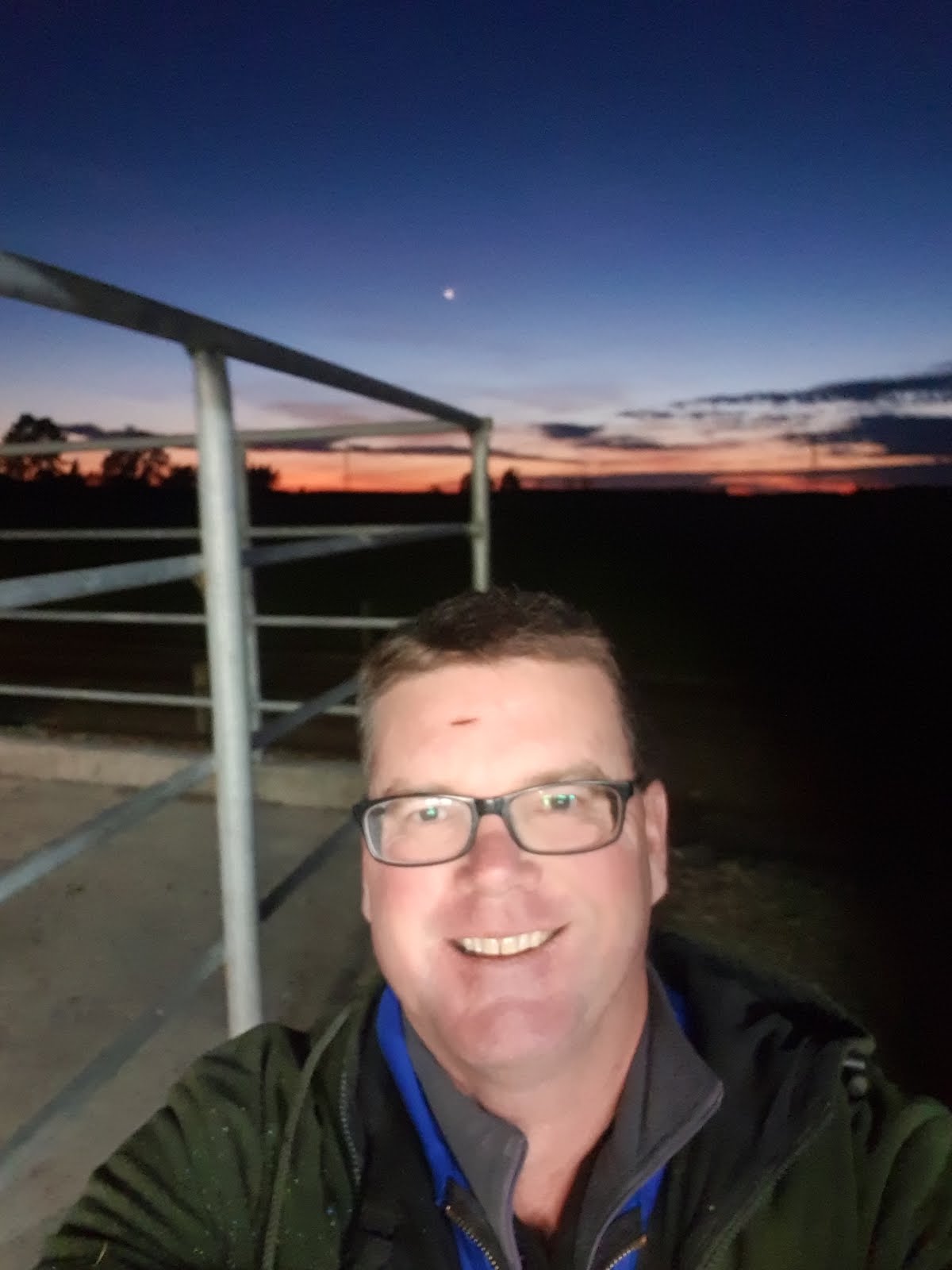When Fonterra was legislated into existence back in 2001, the newly formed co-operative took the simple and pragmatic approach of adopting the capital structure format used by its predecessors; farmer shareholders had to own one share for every kilogram of milk solids they supplied.
If you wanted to supply Fonterra you had to buy shares from Fonterra and, if you exited the Co-operative, they would buy the shares back off you.
This format worked well for the next seven years. Then there was a massive increase in dairy conversions and, as most of those new farms had no choice but to supply Fonterra rather than a competing milk processor, way more shares were being bought than sold.
Synlait’s appearance on the scene for the 2008/2009 season, and to a lesser extent Open Country Dairy in 2005/2006, was a game changer. Suddenly Canterbury farmers had the option of supplying an independent processor and receiving practically the same payment for their milk without having to hold expensive shares. There was almost no risk involved as legislation compelled Fonterra to supply independent processors with milk at cost, ostensibly for domestic consumption, which was then processed into high value ingredients for export.
With the average Mid Canterbury dairy farm holding 300,000 Fonterra shares, each farmer exiting the Co-op to supply a competitor was costing Fonterra some $1.35 million with share redemptions alone. The declining share price, from $6.79 in the 2006/2007 season to $4.47 in 2008/09, only hastened some farmers’ exit from the Co-op.
Fonterra identified this redemption risk, great sums of money washing out of the company to buy shares back from exiting farmers, and in 2012 a change to the capital structure of the Co-op was voted on and adopted; Trading Among Farmers (TAF).
Essentially TAF allowed the public to buy non-voting (dry) shares in Fonterra which would entitle them to a dividend, and farmers who were leaving the Co-op could convert their supplying (wet) shares to dry shares when they left and sell them in this market. Creating this fund protected Fonterra’s balance sheet by shielding them from the cost of redeeming the shares and provided a new mechanism for valuing the shares.
TAF, of course, was incredibly short-sighted but typical of the way Fonterra operated at the time. It only addressed one issue, the threat to Fonterra’s balance sheet, and ignored systemic problems like the high cost of becoming a Fonterra supplier and the fact suppliers were still leaving the Co-op in favour of independent processors. The proponents of TAF seemed to assume milk supply would continue to grow and Fonterra’s share of that supply would remain stable. In fact, milk supply leveled off shortly after the introduction of TAF and Fonterra’s share of the milk pool fell from a high of 96% to its current level of around 80%.
I still recall the urgent, almost desperate lobbying of farmers to vote in favour of TAF. There were no alternatives offered and TAF was presented as the only solution to a desperate problem. Farmer feedback wasn’t sought in any meaningful way and the scheme was ultimately passed through gritted teeth as suppliers felt they had no other option.
The proof TAF was not the solution Fonterra needed can be seen in the fact capital structure changes are being explored again a mere nine years after its implementation, but this time things feel very different.
This time Fonterra wants to address the underlying issues that affect the Co-op; the high cost of entry and the compulsory requirement to invest huge sums of capital just to supply.
After researching and discarding many different models, the one they have chosen to present to suppliers centers on farmer choice. Farmers would only be required to hold one share for every four kilograms of milk solids supplied and could then choose to buy more shares if they felt the Co-op’s performance warranted it.
In one move this drastically slashes the entry cost of being a new supplier and allows existing suppliers to free up as much as 75% of the capital they have invested in shares.
Share value would no longer be determined by the trading actions of private investors but rather by the company’s performance over time, a useful metric for assessing the performance of both Management and the Board.
The real difference though is that this time Fonterra is having a conversation with their shareholders. The Board and Senior Management are touring the country and saying, “these are the problems we face and this is the solution we have come up with, what do you think?”
Then they listen.
Fonterra has real diversity in their shareholder base in terms of range of ages and stages, objectives, goals and aspirations. The Co-op has realised the one-size-fits-all compulsory capital structure currently in place that requires all shareholders to hold shares on a 1:1 basis is a key factor in farmers deciding to leave and they have proposed a solution.
Regardless of the outcome of the vote at November’s AGM, and I hope the proposed capital structure changes win the approval of shareholders, suppliers can take heart that this proposed change to our constitution has been approached with a sense of purpose, maturity and collaboration that has been lacking in the past.
